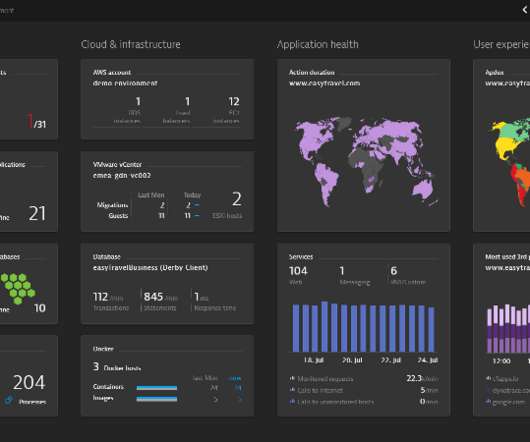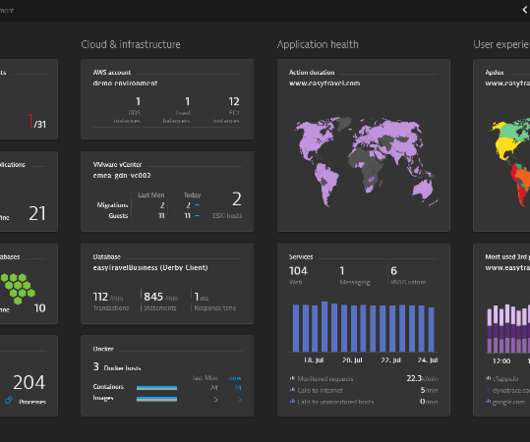What is IT operations analytics? Extract more data insights from more sources
Dynatrace
MAY 1, 2023
IT operations analytics (ITOA) with artificial intelligence (AI) capabilities supports faster cloud deployment of digital products and services and trusted business insights. Then, big data analytics technologies, such as Hadoop, NoSQL, Spark, or Grail, the Dynatrace data lakehouse technology, interpret this information.












Let's personalize your content